Getting enough magnesium and potassium in your diet is essential, as these two minerals support several bodily functions, including muscle contractions and nerve function.
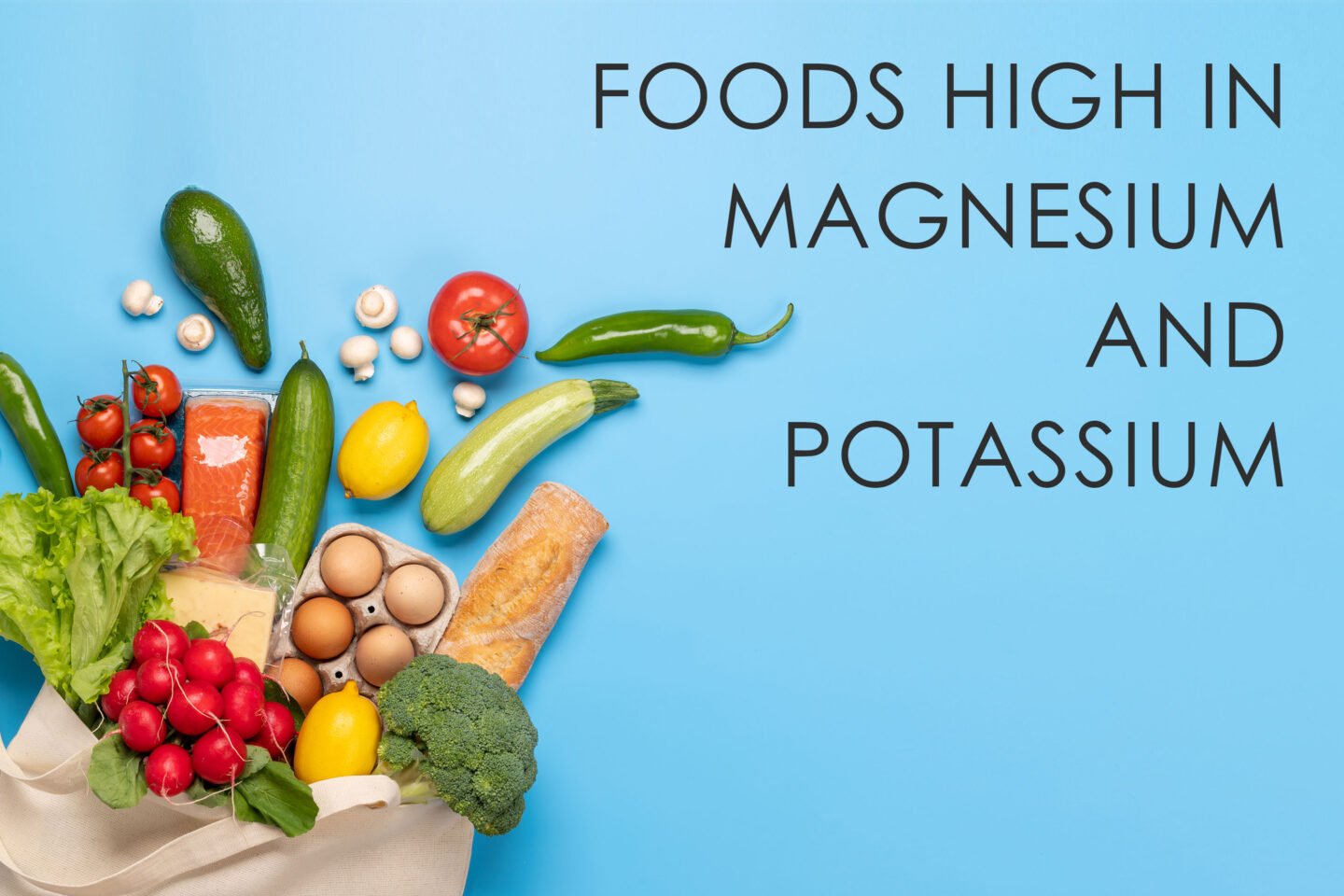
Although supplements can help you reach your recommended daily intake of both, a balanced diet with lots of fresh fruit and vegetables is best.
Many foods are rich in either magnesium or potassium, but are many good sources of both?
The best sources of both magnesium and potassium are whole grains, leafy greens, and foods high in healthy fats. Such foods are usually also rich in other crucial nutrients.
The recommended daily potassium intake for a healthy adult is around 4700mg, and for magnesium, it's 310-420mg, depending on age and gender.
Table of Contents
What Foods Are High in Magnesium and Potassium?
Many people don’t get enough of these minerals in their diet, and below are some foods that are rich in both.
1. Spinach
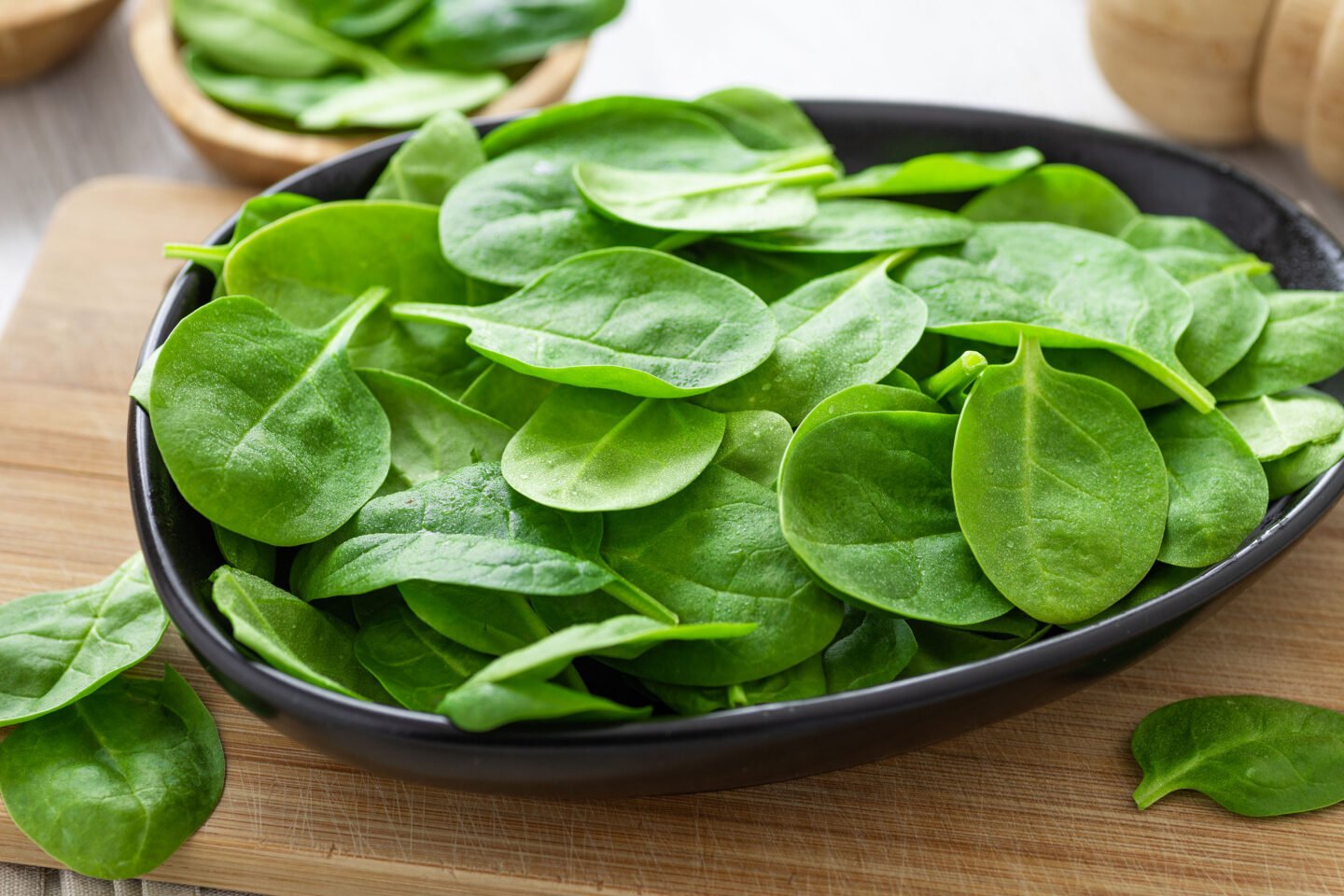
Every 100 grams of spinach contains 19% of the recommended daily magnesium intake and 15% of potassium. It's extremely nutritious, containing vitamins A, C, and K, manganese, and folate. It's also rich in fiber, which aids in healthy weight loss.
2. Swiss Chard
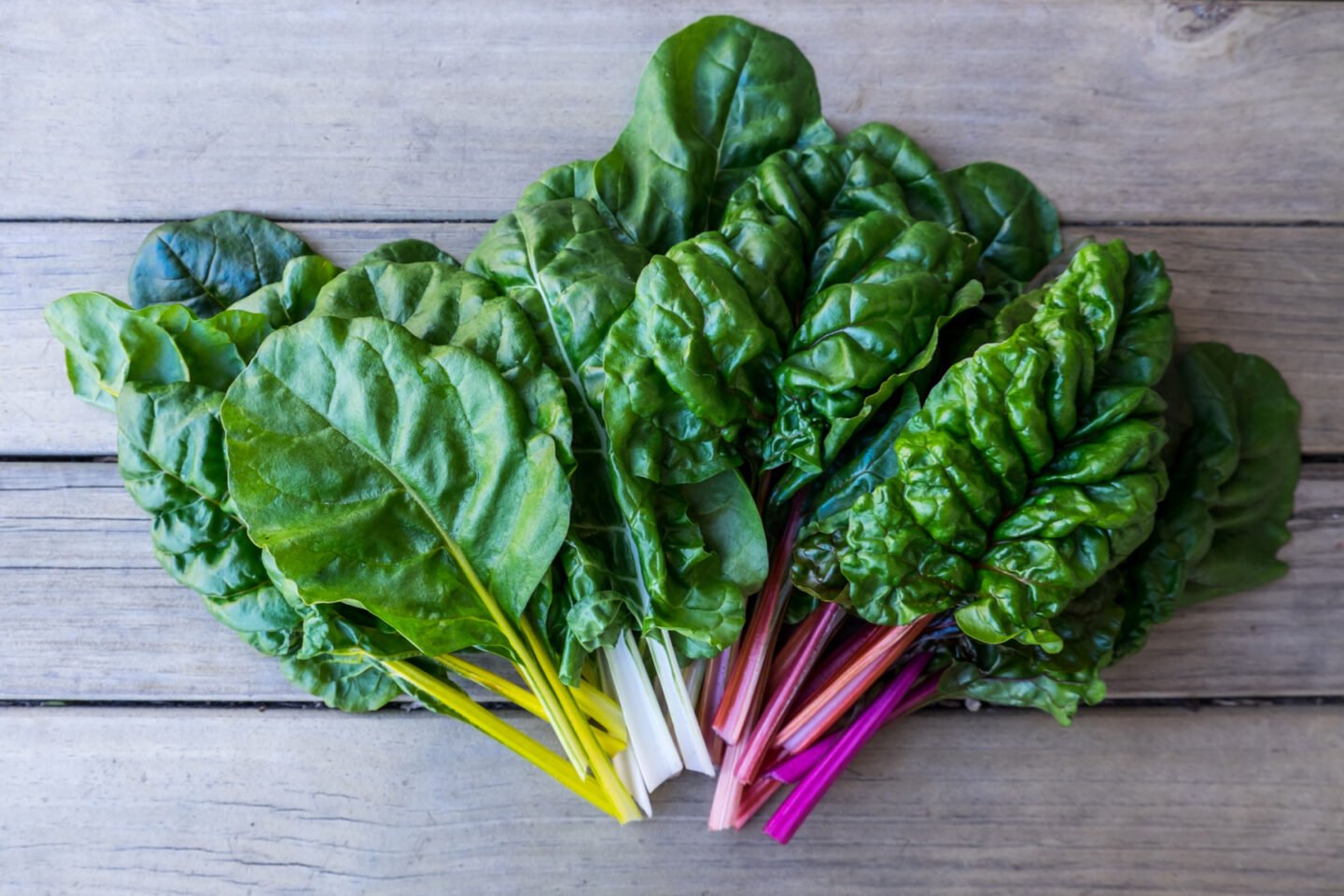
A cup of cooked swiss chard contains approximately 27% of the recommended daily magnesium intake and 15% of potassium. This dark leafy green is rich in antioxidants that help flush harmful free radicals out of your system, reducing oxidative stress and damage.
3. Acorn Squash
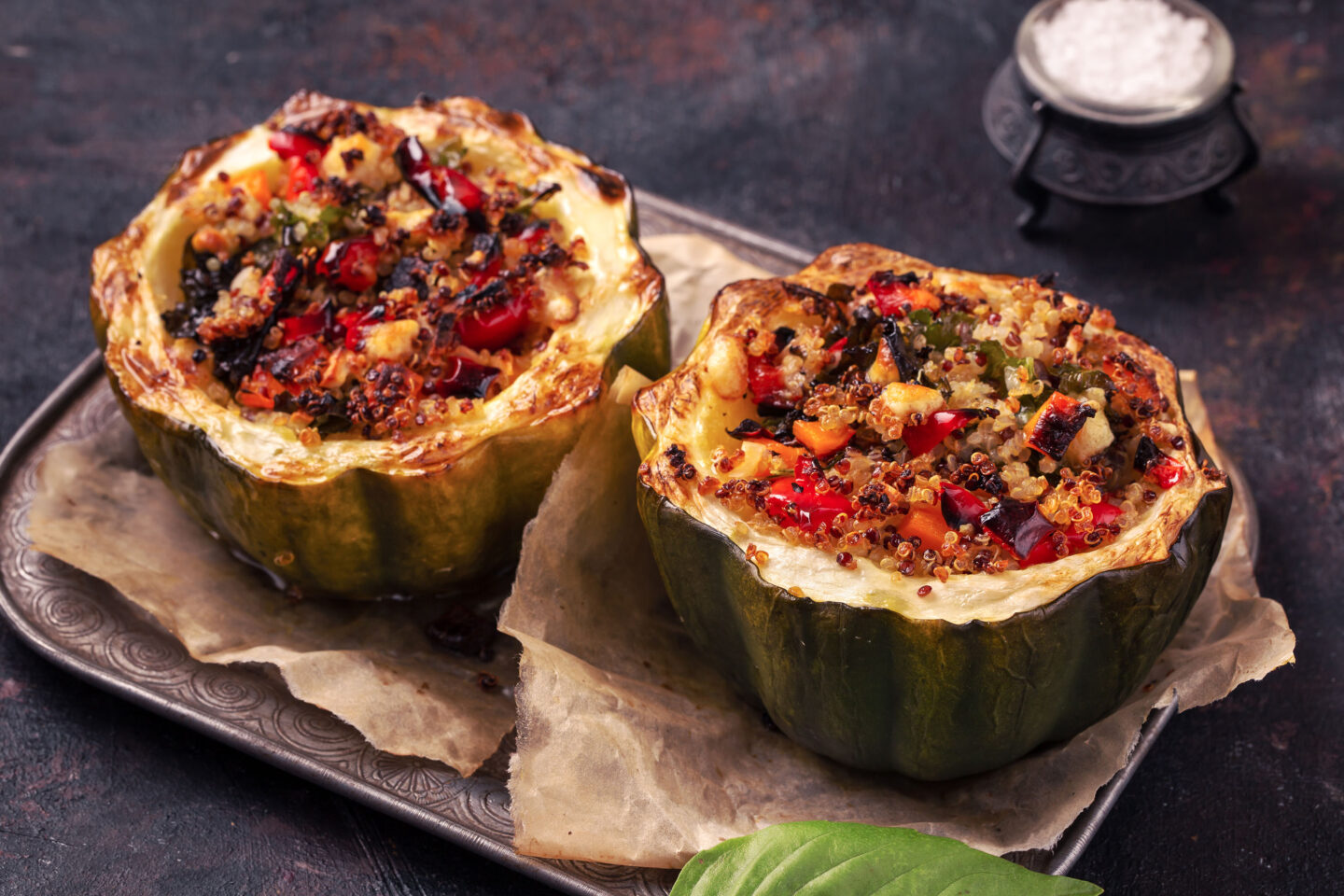
A cup of acorn squash contains 13% of the recommended daily intake of potassium and 11% of magnesium. Like all squashes, it's highly nutritious and easy to add to your diet.
4. Salmon
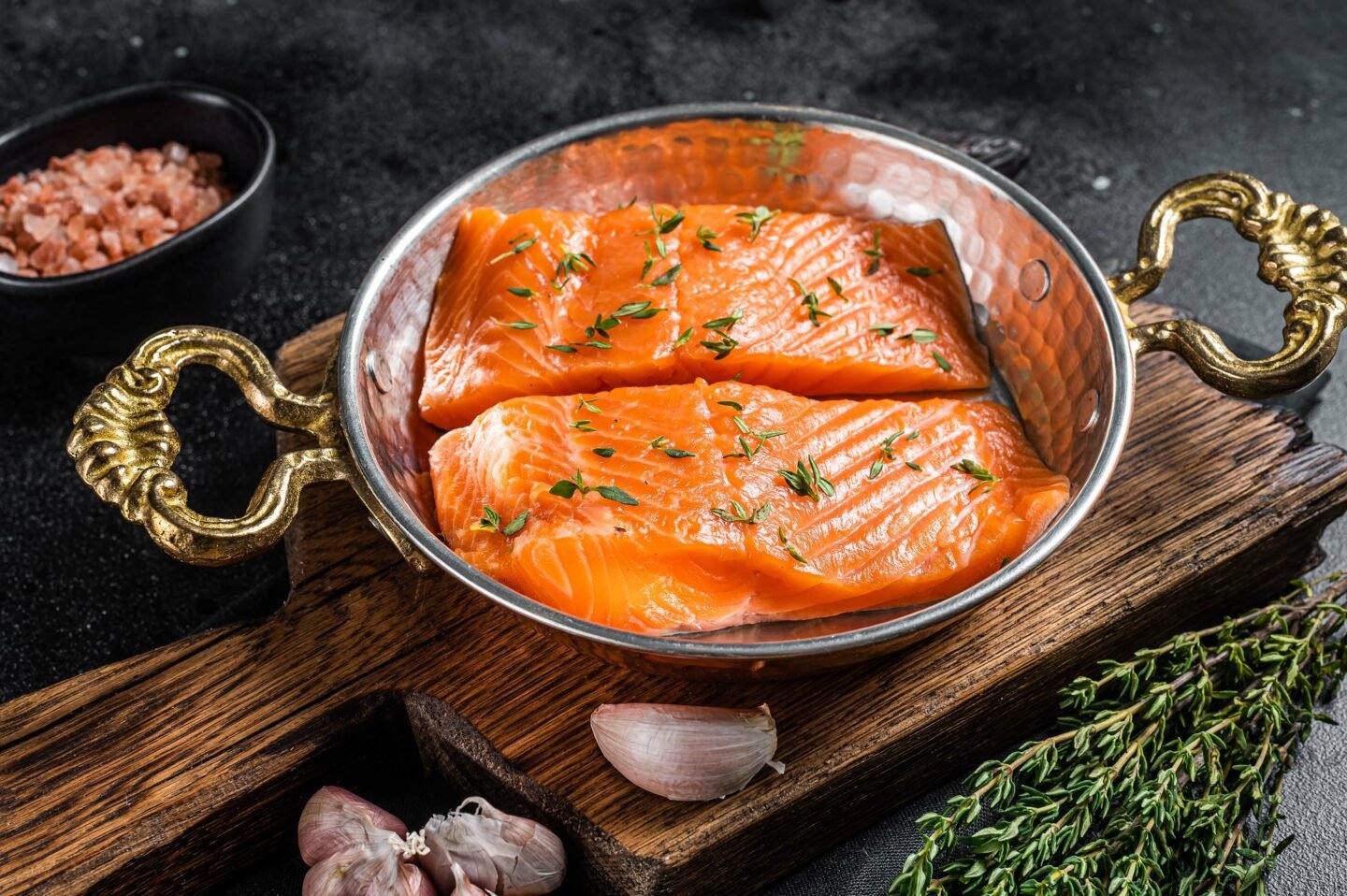
A serving of salmon (3 oz) contains up to 8% of the recommended daily intake of potassium and 5% of magnesium. Like other fatty fish, salmon contains omega-3 fatty acids, which decrease inflammation, lower blood pressure, and help prevent cancer.
5. Avocados
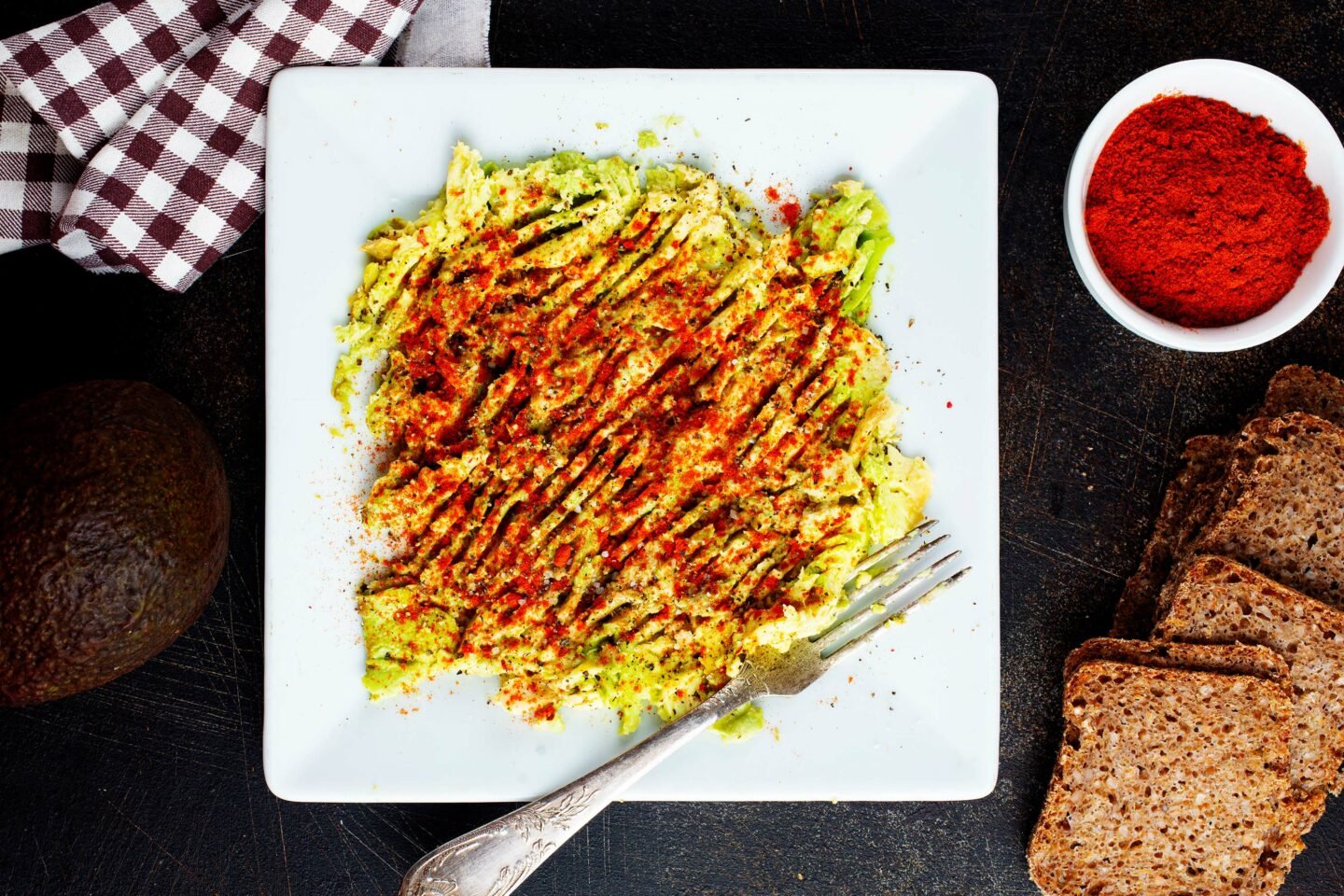
One cup of cubed avocado contains 15% of the recommended daily intake of potassium and 14% of magnesium.
Avocados are rich in healthy fats that keep you feeling full longer after eating and improve your cardiovascular health.
They also contain a lot of fiber, which soaks up excess stomach acid and feeds good gut bacteria.
6. Potatoes
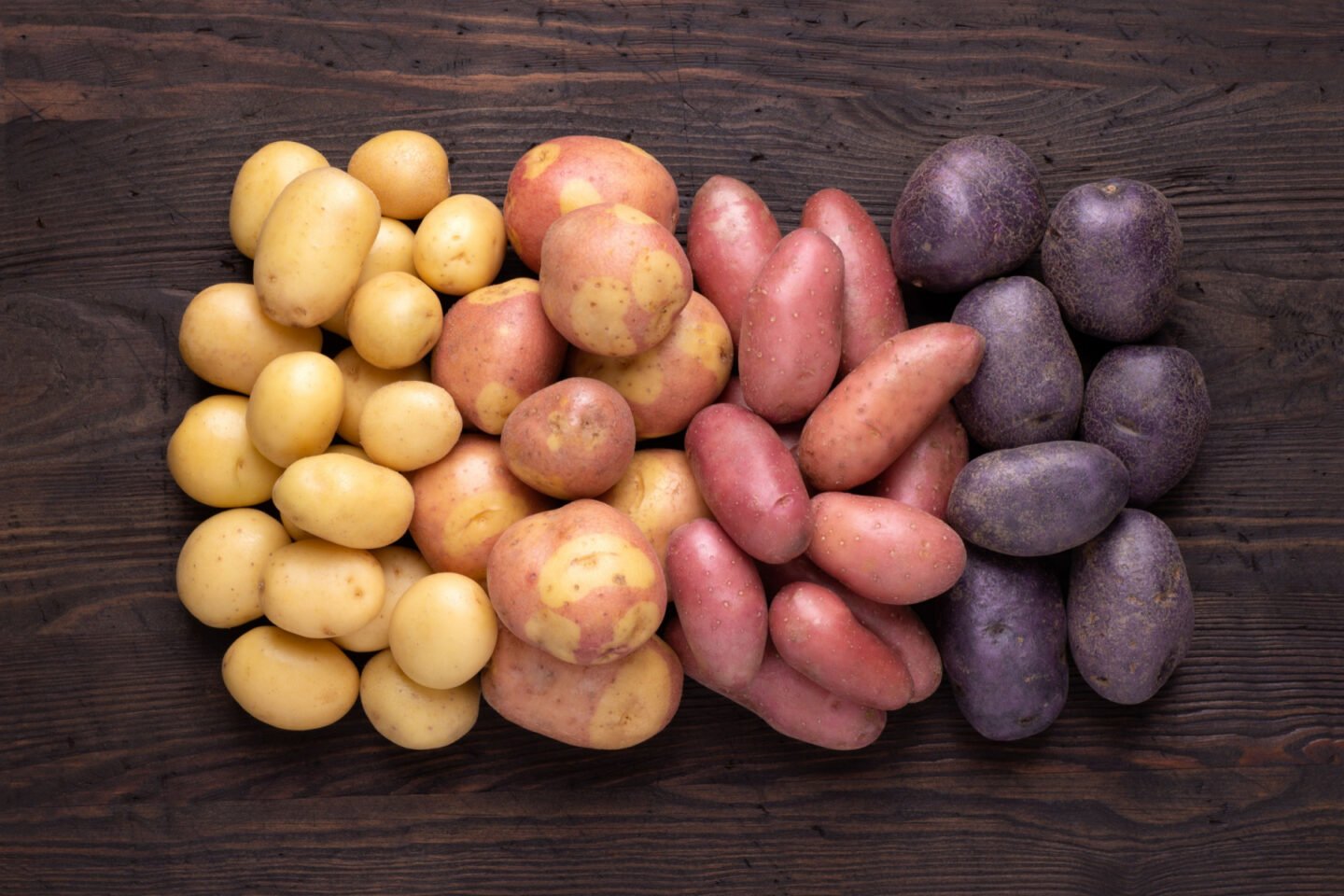
A medium-sized baked potato contains 25% of the recommended daily intake of potassium and 12% of magnesium.
Potatoes are also high in fiber, which feeds good gut bacteria, keeping your digestive system healthy.
7. Edamame
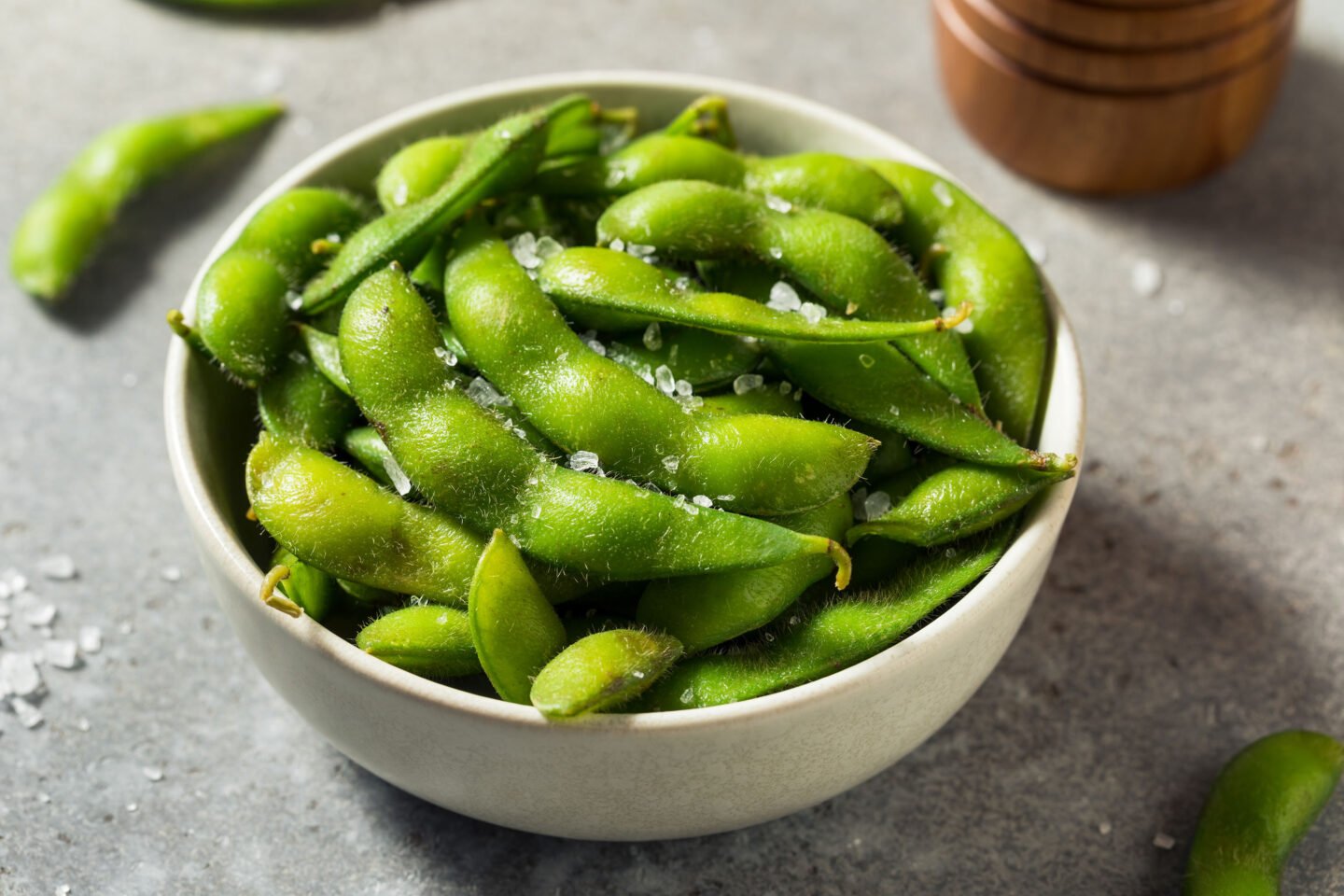
A cup of edamame contains around 19% of the recommended daily intake of magnesium and 24% of potassium. They're also high in protein, which builds lean muscle and keeps you feeling full longer after eating.
Edamame may also help lower your cholesterol levels, keeping your cardiovascular system healthy.
What Do Magnesium and Potassium Do in Your Body?
Magnesium supports energy creation, protein formation, gene maintenance, and muscle contractions. It may also boost exercise performance and the immune system, and studies show that nearly 50% of the population doesn't get enough in their diet.
Potassium maintains the intracellular fluid balance and supports muscle contractions and nerve signals. It also reduces blood pressure, prevents water retention, and reduces your risk of stroke.
Not getting enough potassium in your diet may lead to an irregular heartbeat and muscle weakness.
Together, magnesium and potassium may alleviate hypertension in adults.
Is Too Much Potassium and Magnesium Bad for You?
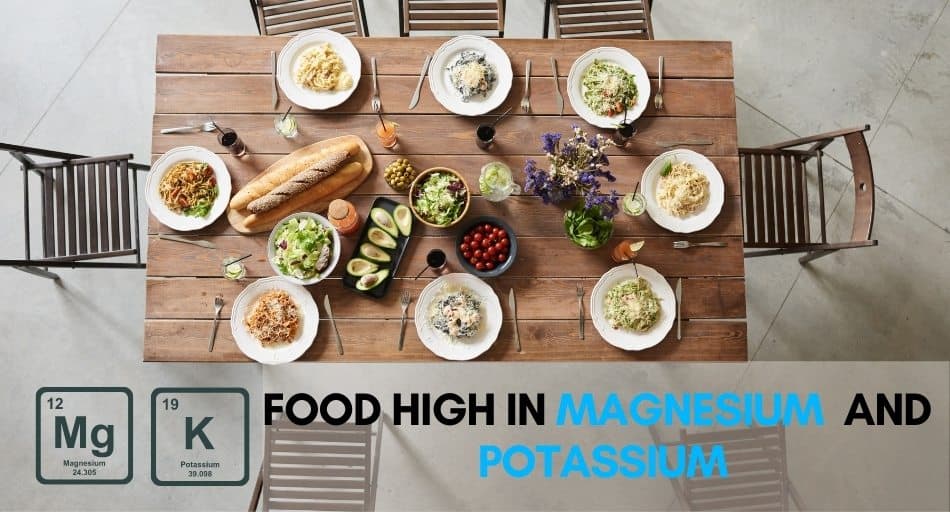
People with kidney disease may need to limit their potassium intake, as their kidneys don't remove the excess as well as those of healthy people.
On the other hand, taking too much magnesium could lead to nausea, diarrhea, and abdominal cramping.
Don't know which foods are high in potassium? Read our article, 15 Best Food Sources of Potassium. We also have a guide to this important mineral: Potassium 101: All You Need To Know About Potassium.
